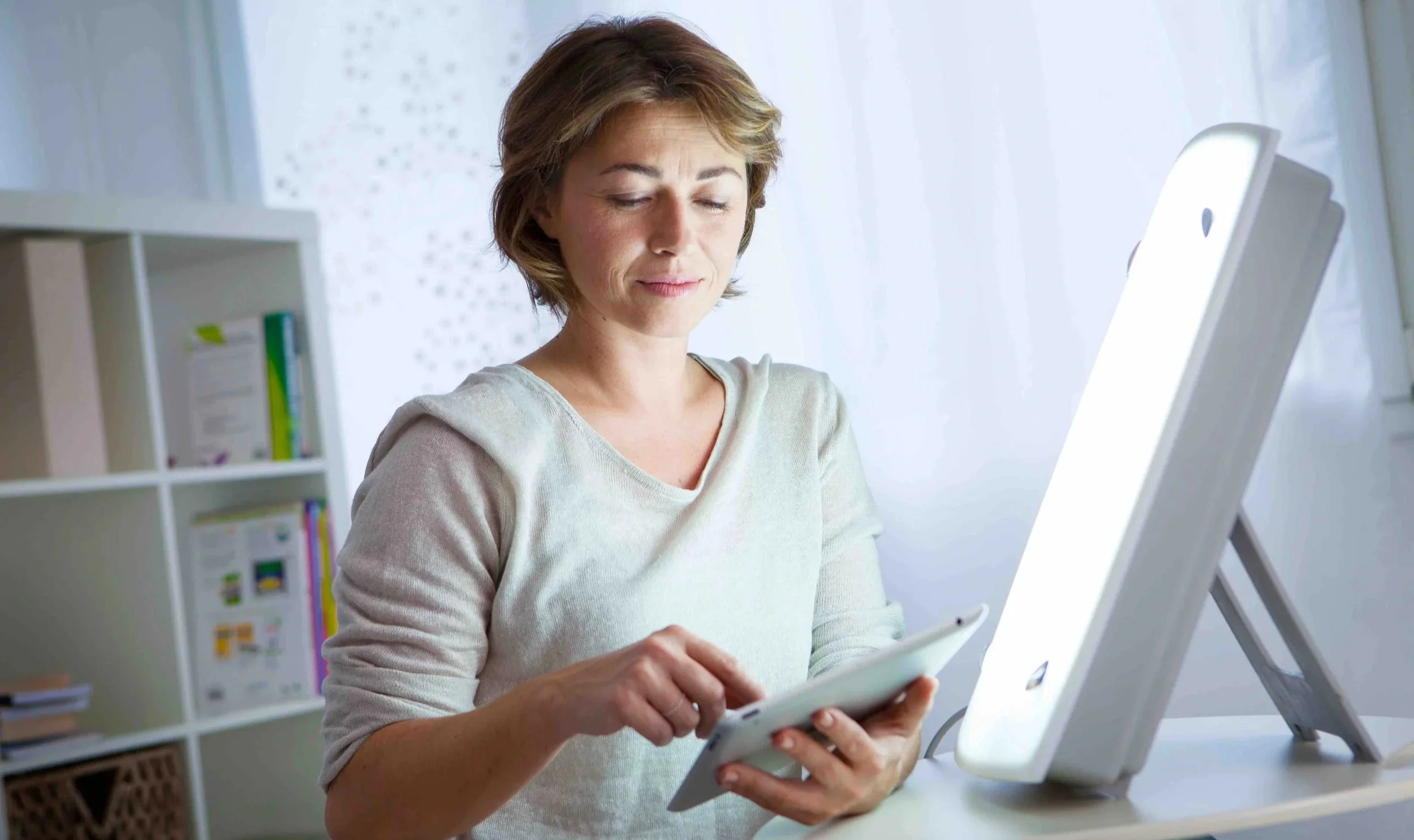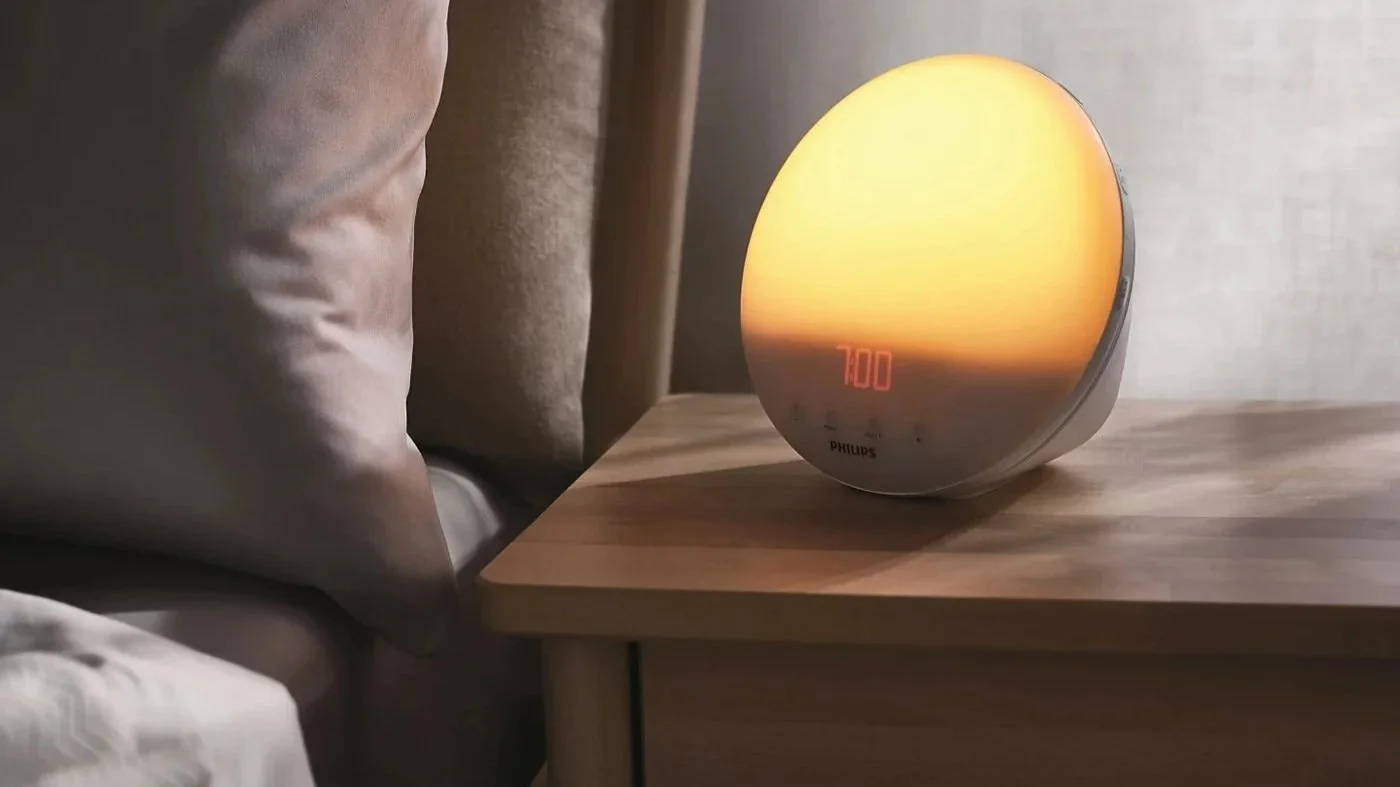Sarah’s Health Notes: Let there be bright light
With the clocks changing, it’s already properly dark by 4.30 p.m. here in west Dorset. So it’s time to get out my bright light panel and prop it on my desk. Even though it’s still a bit lighter in the mornings, the days are getting shorter and shorter. We get about seven hours of natural daylight in the winter in this country compared with 15 hours in the summer. And the lack of light can really make a difference. Animals living in the wild deal with it by hibernating but although we might feel like curling up like dormice until Spring, life doesn't work like that.
Unlike some five to ten per cent of the population, I don’t suffer from full-blown Seasonal Affective Disorder (SAD), a form of depression, which is far more than winter blues. But, like many of us, I do feel more prone to low moods under a leaden sky and I undoubtedly feel more cheerful and energetic when I have a daily dose of bright light from a light box, together with as much natural daylight as possible.
SAD was identified in 1984 and has been well evidenced as a proper medical condition, listed in the DSM. No one knows exactly how it’s caused but broadly, reduced daylight and exposure to sun affect the following:
• Low vitamin D level, linked to mental health concerns and many physical conditions
• Higher melatonin, the sleep hormone triggered by darkness so you may feel very sleepy
• Less serotonin, the feel-good hormone
• Disrupted circadian rhythm, your internal body clock governing sleep/wake patterns and the balance of other hormones.
Looking for the little light panel that’s helped me through so many dark days, I discover I can’t find it; in fact, I have a dim memory of lending it to a nephew (now in America, so very unlikely to get it back). But that made me investigate which model to buy. Turning to Which?, the UK consumer organisation, I find they have a really good informative section on SAD, which anyone can access (i.e. you don't have to subscribe to Which?). I highly recommend taking the time to read it here.
Although Which? has not tested these products, it lists medically approved lamps from established healthcare brands, which deliver light at around 10,000 lux – considered the optimal level for treating SAD:
Beurer TL41UK Touch Compact LED SAD Lamp, currently £40.19 from Amazon
Beurer TL30UK SAD Lamp, currently £35.99 from Amazon
Lumie Vitamin L Slim Light Box for Effective SAD Light Therapy, currently £89.99 from Amazon
Another option is a sunrise alarm clock that delivers light in gradually increasing amounts over a specified time that you set. Some are classified as certified medical devices, including Lumie Bodyclock models like the Luxe 750DAB, and the clinically proven Philips SmartSleep Wake-up Light (below). Typically, these include a radio and wake-up sounds plus a button you can tap to give you just enough subtle light to get to the loo. But they are costly.
NB I always read the product Reviews for online retailers, both positive and negative, so I have as much information as possible.
LIGHT THERAPY AND PARKINSON’S DISEASE
There are several different approaches to light therapy for Parkinson’s, for instance applying near infra red light to the scalp or gut. Also, the same approach as for SAD is recommended. When my late brother Simon developed Parkinson’s, the then medical director of Parkinson’s UK told me that he might benefit from 30-60 minutes, morning or evening, in front of a light box or panel. (I gave him a panel that he put on his kitchen table.)
This fits in with the fact that Parkinson’s disrupts the natural sleep-wake cycle depriving people of sleep for years on end, so restoring a clear day/night light signal may be helpful. Simon, who had sleep problems for years, used to switch on the light box in the mornings and, while it didn't completely solve the issue, he said that it did lift his mood and help him to feel like doing things.



